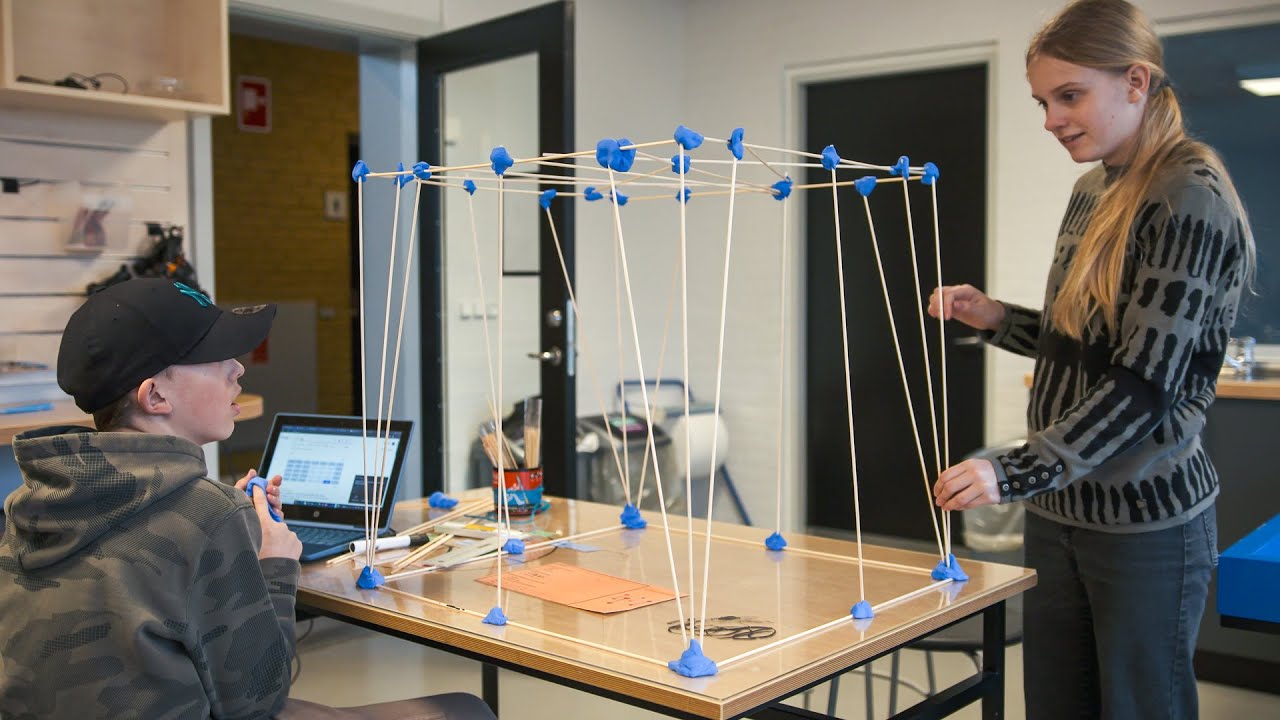Critical Thinking
Whether via classroom discussions, analysis of written text, higher-order questioning, or other strategies, learn and share ways to help students go deeper with their thinking.
3 Simple Strategies to Improve Students’ Problem-Solving Skills
These strategies are designed to make sure students have a good understanding of problems before attempting to solve them.338Using Picture Books to Teach Children About Large Numbers
These strategies help elementary students grapple with the very large numbers involved in talking about time and space.Exploring Before Explaining Sparks Learning
New elementary science teachers can build student engagement and enhance learning by using the explore-before-explain approach.How to Move From the ‘Main Idea’ to ‘Background Knowledge’
Traditional approaches to reading instruction—such as finding the “main idea”—are less effective than a knowledge-rich approach, the research shows.2.9kTapping Into the Metacognition of Mistakes
Getting kids to identify and classify the types of mistakes they make gives them the tools they need to drive their own learning.1.2k9 Tips for Using AI for Learning (and Fun!)
These innovative, AI-driven activities will help you engage students across grade levels and subject areas.3.2k6 Ways to Improve Students’ Math Literacy
Middle and high school math teachers can use these ideas to build students’ reading comprehension and reasoning skills using real tasks like budgeting.833Why Students Should Write in All Subjects
Writing improves learning by consolidating information in long-term memory, researchers explain. Plus, five engaging writing activities to use in all subjects.19.7kProblem-Based Instruction in Middle and High School Math
PBI allows students to investigate real-world mathematical questions, increasing engagement with and understanding of course material.486A Collaborative Approach to Mistake Analysis
This method calls for students working in groups to create problems, point out common errors, find solutions, and then explain the process.4.6k5 Ways to Stop Thinking for Your Students
Too often math students lean on teachers to think for them, but there are some simple ways to guide them to think for themselves.6kMaking a Math Lesson More Hands-On
When teachers provide opportunities for students to construct figures and play with dimensions while exploring geometry, math becomes more accessible to everyone.3.9kUsing Morning Messages to Start the Day in Distance Learning
The morning message is a popular way to help elementary students transition into school—and it can be adapted for home learning.15.9k11 Real World Math Activities That Engage Students
Bridging the gap between abstract math concepts and real-life experiences can make the subject accessible and relevant for kids.518How to Introduce Journaling to Young Children
Students in preschool through second grade can benefit from drawing or writing to explore their thoughts and feelings.628














